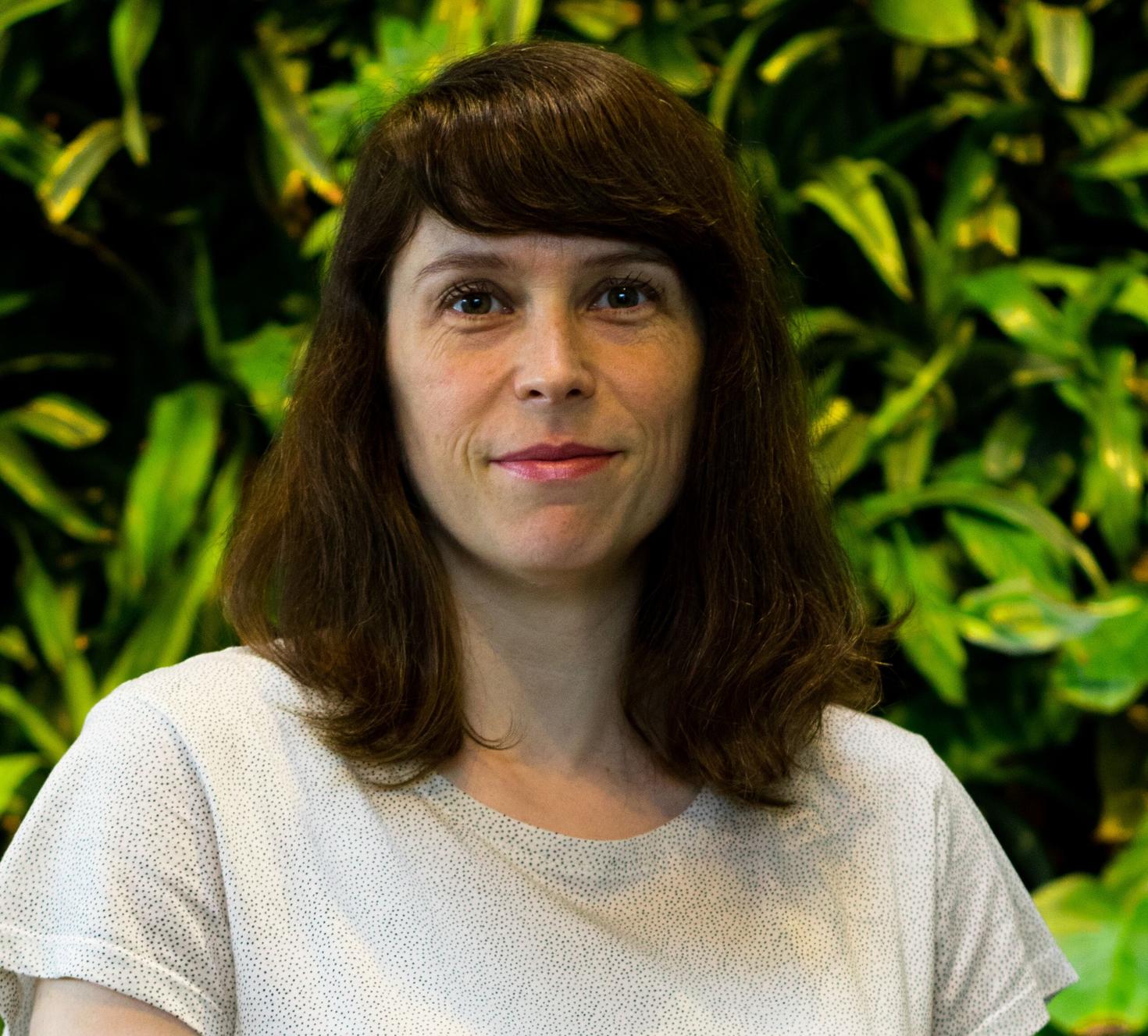To create such models, mathematicians use available data to determine which individuals fall into various different compartments (e.g., susceptible, infected, quarantined, etc.), and then build links between them that describe the interactions. This kind of modelling can provide valuable information for public health authorities and policymakers. During the early stages of a pandemic, various mathematical models can be implemented quickly but are often based on meager data and limited biological understanding of the infection.

Professor Stacey Smith? from the Department of Mathematics and Statistics at the University of Ottawa has been hard at work evaluating the accuracy of various mathematical models from recent pandemics (SARS, MERS and the 2009 H1N1 outbreak) as a guide to determine if we can trust similar early model predictions for COVID-19. In collaboration with Professor Elissa Schwartz from the School of Biological Sciences at the University of Washington and with the help of undergraduate student Christian Costris-Vas, Prof. Smith? showed that early models can have good predictive power for the first wave of a disease. However, these models lack the ability to accurately predict subsequent waves and the extent of their spread. The models with the highest accuracy tended to include stochasticity (randomness), and models developed for a particular geographic region are often applicable in other regions.
Communicating science has never been more important than now with the raging COVID-19 pandemic. With mathematical modeling of COVID-19, Prof. Stacey Smith? is helping public health authorities make better decisions. Prof. Smith?’s work was also showcased in a talk radio debate with the general public about the utility of modeling and benefits of lockdown in curbing infections.
Read more:
- Is it time to ditch disinfecting? CDC updates data surrounding COVID-19 surface transmission
- Fact or Fiction: Is your immune system weakening during lockdown?
- Predicting COVID-19 using past pandemics as a guide: how reliable were mathematical models then, and how reliable will they be now?
- How modelling potential COVID-19 outcomes on campus helped uOttawa


